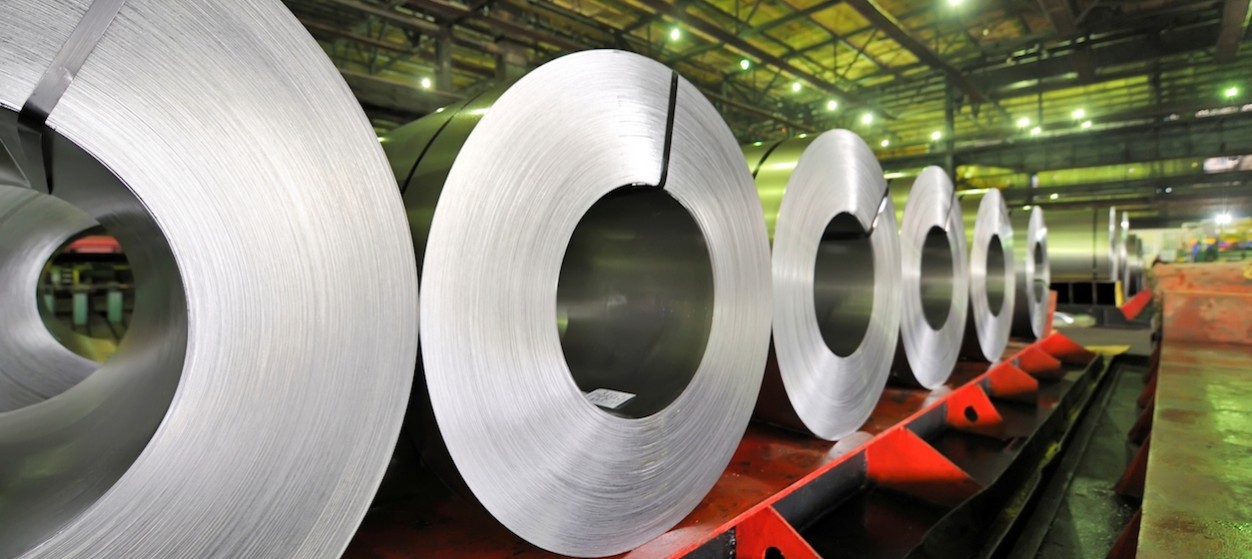A product’s quality is amongst the main factors that drive its commercial success. Consumers always prefer products with superior quality, which makes quality management a top priority for product manufacturers. The latter are striving to optimize their production processes in order to minimize issues and inefficiencies that lead to defects. In this context, the term Zero Defect Manufacturing (ZDM) has been introduced as a popular and highly-regarded concept in quality management. ZDM’s popularity of the term is reflected in the fact that the standard Six Sigma methodology for quality management embraces it as one of its core concepts. The literal meaning of ZDM is the complete elimination of defects. However, having zero defects, in a realistic manufacturing context, is practically impossible. Even in the scope of Six Sigma standard, the notion of “zero defects” is defined as 3.4 defects per million opportunities (DPMO).
Elements and Principles of Zero Defect Manufacturing
When applied in real life projects, ZDM is driven by four main principles. First, ZDM is defined against requirements in a specific production context and at a given point in time. This specification of time helps predict probable future defects and helps in avoiding the same. Second, it must be integrated in the production process right from the beginning, rather than being an outcome of solving problems at a later stage i.e. ZDM is about a proactive approach to quality. Third, ZDM is driven by monetary benefits and financial targets, which means that the elimination of defects must be reflected in reduction of waste, productivity improvements and ultimately in revenues. Last, performance should be continually audited and improved based on standardized benchmarks.
The actual implementation of a ZDM discipline in production hinges on many different quality control applications, which can be combined towards delivering production quality of the highest standards. As a prominent example, a production line can be continually monitored for production errors or patterns that indicate possibility of defects. Also, the maintenance processes of machines and equipment are an important element of quality, since poorly maintained equipment can lead to malfunctions and quality problems (e.g., wear). Likewise, industrial automation applications can greatly boost quality, based on production systems (e.g., robots, smart machines) that eliminate human errors and deliver exceptional production quality. Finally, supply chain processes are extremely important for production quality as these are in charge of procurement of high quality parts that meet production specifications and are also responsible for the distribution and delivery of the finished products. Nowadays, based on one or more of the above applications and their combination, manufacturers are purchasing systems and devices that are destined to deliver excellent quality in their production lines.
ZDM Deployment Challenges
Despite significant investments in ZDM processes and applications, manufacturers are still challenged when it comes to deploying ZDM. This is due to a number of different factors, including:
- The lack of a holistic approach: Existing ZDM platforms address specific production stages, rather than supporting the production process end-to-end. This increases the deployment cost, while reducing the potential to meet stringent quality targets.
- Fragmented platforms and devices: Even in cases where multiple platforms and quality applications are deployed (e.g., line analytics, predictive maintenance), they tend to be fragmented and non-interoperable. This makes it very difficult to meet quality targets.
- Lack of resources for SMBs: ZDM deployments can be costly as these require significant investments on technology and business processes. Moreover, they also require a very good knowledge of production processes and their quality dimensions. This makes ZDM deployment challenging, especially for Small Medium Businesses (SMBs), which lack the required knowledge and sometimes the projected equity capital.
- Timing: Contrary to one of the main principles of ZDM, many businesses are deploying quality management processes at later stages, rather than at the time when they establish and deploy their plants.
ZDM Deployment in the Digital Era
The advent of digital manufacturing as part of Industry 4.0 (I4.0) is currently revolutionizing production processes, as it enables their control from an IT-based digital layer, rather than from the field. Quality management and ZDM is no exception to this rule and will directly benefit from the flexibility and deployment efficiency of IT processes, which are gradually replacing legacy OT (Operational Technology) based processes. In particular, the use of leading edge digital technologies as part of I4.0 will alleviate the above-listed barriers to ZDM adoption through:
- Big Data Analytics: The expanded use of Big Data technologies in production lines enables the acquisition and storage of very large volumes of data about the production processes. The analysis of this data based on Big Data analytics and AI (Artificial Intelligence) techniques will enable the timely identification of defects and it’s causes. In most cases, it will become possible to forecast and anticipate potential problems in order to initiate remedial actions in a timely fashion.
- Flexibility in configuration: 0 enables hyper-efficient production lines, which can be configured flexibly and rapidly. Therefore, upon detection of possible defect patterns, it will be possible to reconfigure the production line in order to solve the identified problem.
- High Speed Networks: The rise of very high-speed networking (e.g., as part of 5G i.e. the fifth generation of mobile communications) will enable the simultaneous collection of data streams from virtually all devices and lines in the factory. This will give rise to many optimizations at both plant and field levels, which are hardly possible nowadays.
- Digital Platforms Interoperability: Digital technologies facilitate the interoperability of digital platforms and devices on the plant floor, as this interoperability can take place at the digital level rather than at field level. This will enable holistic multi-stage ZDM processes that audit quality across all production stages.
- Blockchain technologies for Quality-aware supply chains: Blockchain technologies could revolutionize supply chain operations in ways that will assist the implementation of ZDM. In particular, they can enable automated ordering, tracing and quality verification of the source materials and parts that are used in production. In this way, supply chain processes will ensure the use of materials of the highest quality at the best possible cost, while at the same time enabling stakeholders to trace these items and be accountable for their provision and use.
- Rise of Automated & Cognitive Manufacturing: The blending of the above listed technologies with advanced automation such as autonomous robots and machines, will lead to high-tech, fully automated plants that will meet very strict quality targets. In this automated environment, possible defect patterns will be anticipated and avoided, with minimal or maybe even without human intervention. The ultimate vision is that of “cognitive manufacturing”, which will involve plants that cater for ZDM end-to-end, taking the most optimized and intelligent decisions at every point in-time.
During the past two years, we have witnessed the rise of the first digital systems for ZDM, which leverage one or more of the above-listed technologies. Nevertheless, there is still much to be done prior to reaching the “cognitive manufacturing” vision, especially given that some of the technologies (e.g., blockchains, 5G) are still in their infancy. The implementation of this vision will not only improve the competitiveness of manufacturers, but it will also enable consumers to redefine the quality of end products, through adding entire new dimensions (e.g., usability, ergonomics, environmental friendliness, product longevity).










